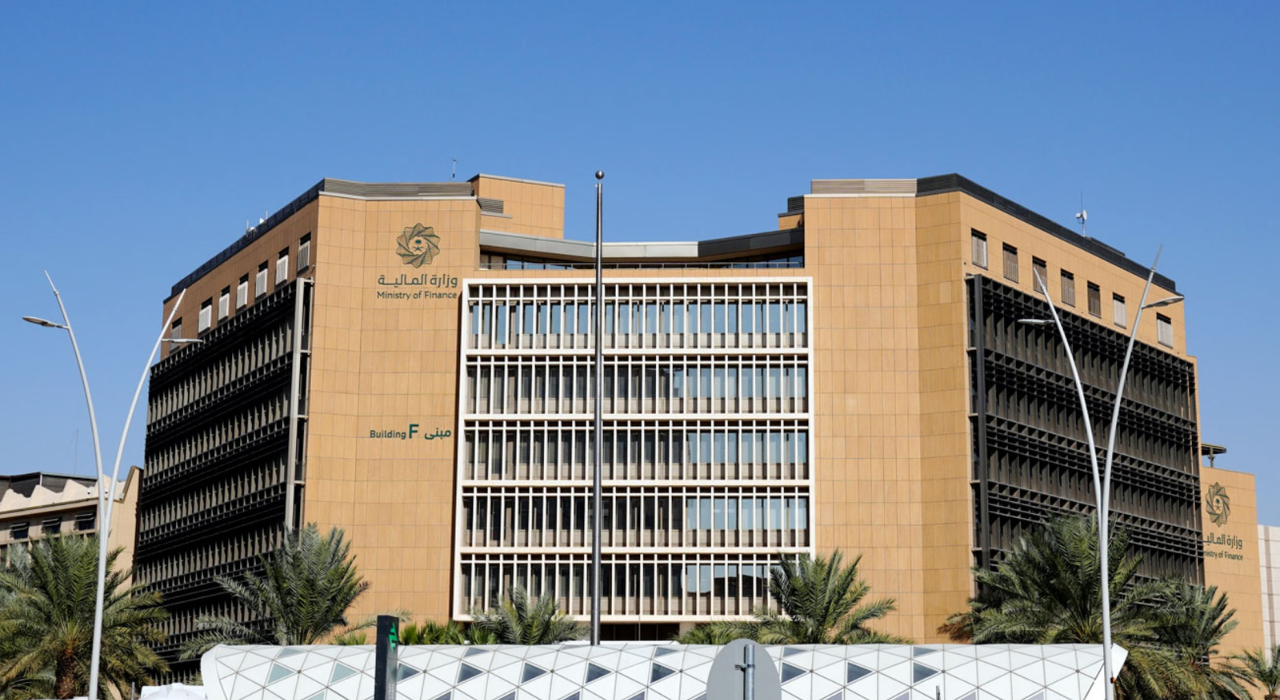
In a significant financial development for Saudi Arabia, non-oil revenues in the second quarter of 2025 rose sharply by 7 percent, reaching SR149.861 billion ($39.9 billion). This increase, up from SR140.602 billion ($39.5 billion) in Q2 2024, reflects the ongoing momentum in the Kingdom’s economic diversification strategy under Vision 2030. For the first time, non-oil revenues contributed to 49.7 percent of total quarterly income, nearly half, underlining the growing strength of alternative revenue sources. According to the Ministry of Finance, total revenues for Q2 2025 amounted to SR301.595 billion ($80.4 billion), while expenditures totaled SR336.129 billion ($89.6 billion). This resulted in a budget deficit of SR34.534 billion ($9.2 billion) for the quarter. While oil revenues fell 29 percent year-on-year, dropping to SR151.7 billion ($40.4 billion), the gap was partially offset by strong performances in key non-oil categories: Income and profit taxes, taxes on goods and services, trade-related taxes, and other taxes and miscellaneous income. Government spending fell by 9 percent compared to Q2 2024, declining from SR368.932 billion ($98.4 billion) to SR336.129 billion ($89.6 billion), a reflection of tighter fiscal controls. Saudi Arabia’s fiscal and economic transformation under Vision 2030 is producing measurable outcomes, aimed at reducing reliance on oil and building long-term resilience.






